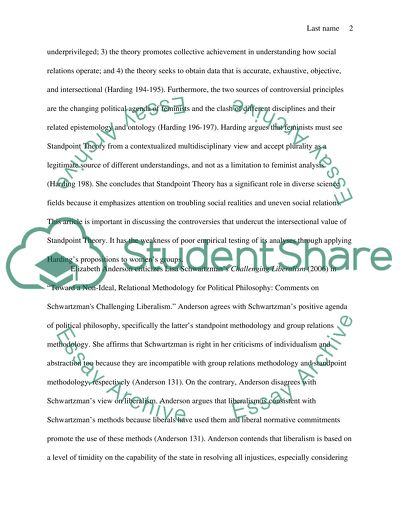Cite this document
(“Standpoint Theory Essay Example | Topics and Well Written Essays - 2250 words”, n.d.)
Retrieved from https://studentshare.org/journalism-communication/1476264-standpoint-theory
Retrieved from https://studentshare.org/journalism-communication/1476264-standpoint-theory
(Standpoint Theory Essay Example | Topics and Well Written Essays - 2250 Words)
https://studentshare.org/journalism-communication/1476264-standpoint-theory.
https://studentshare.org/journalism-communication/1476264-standpoint-theory.
“Standpoint Theory Essay Example | Topics and Well Written Essays - 2250 Words”, n.d. https://studentshare.org/journalism-communication/1476264-standpoint-theory.


